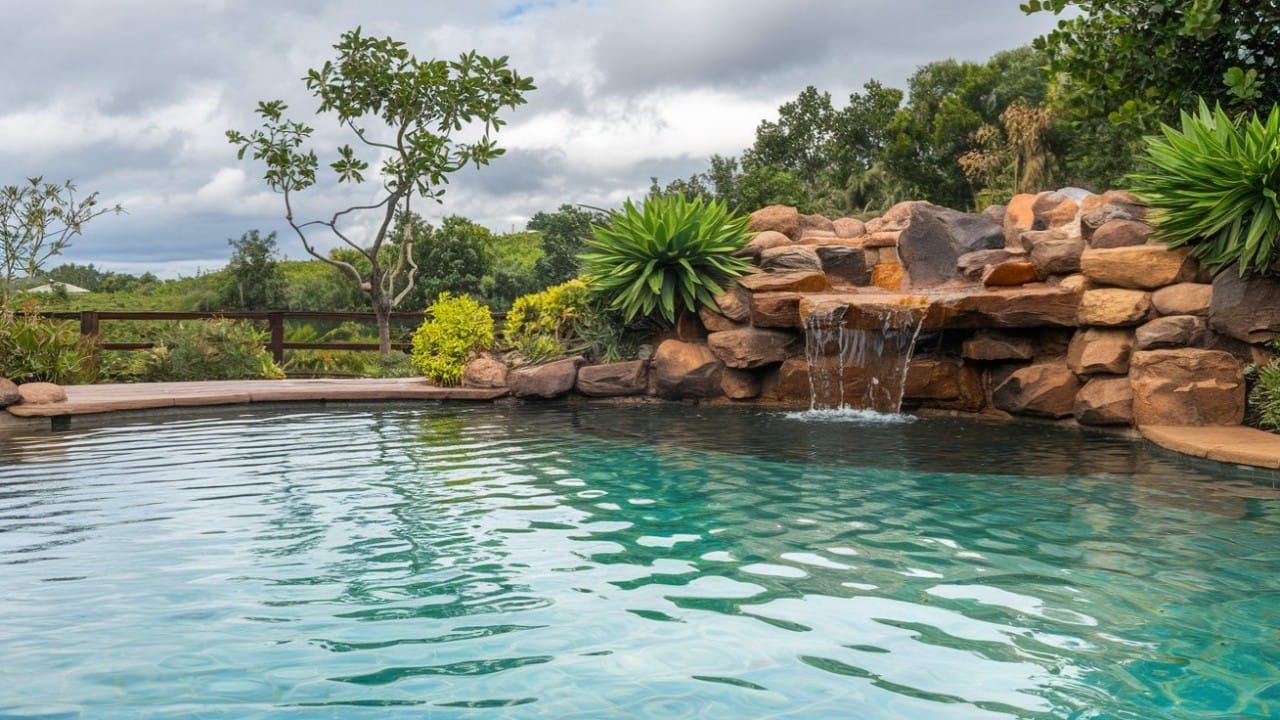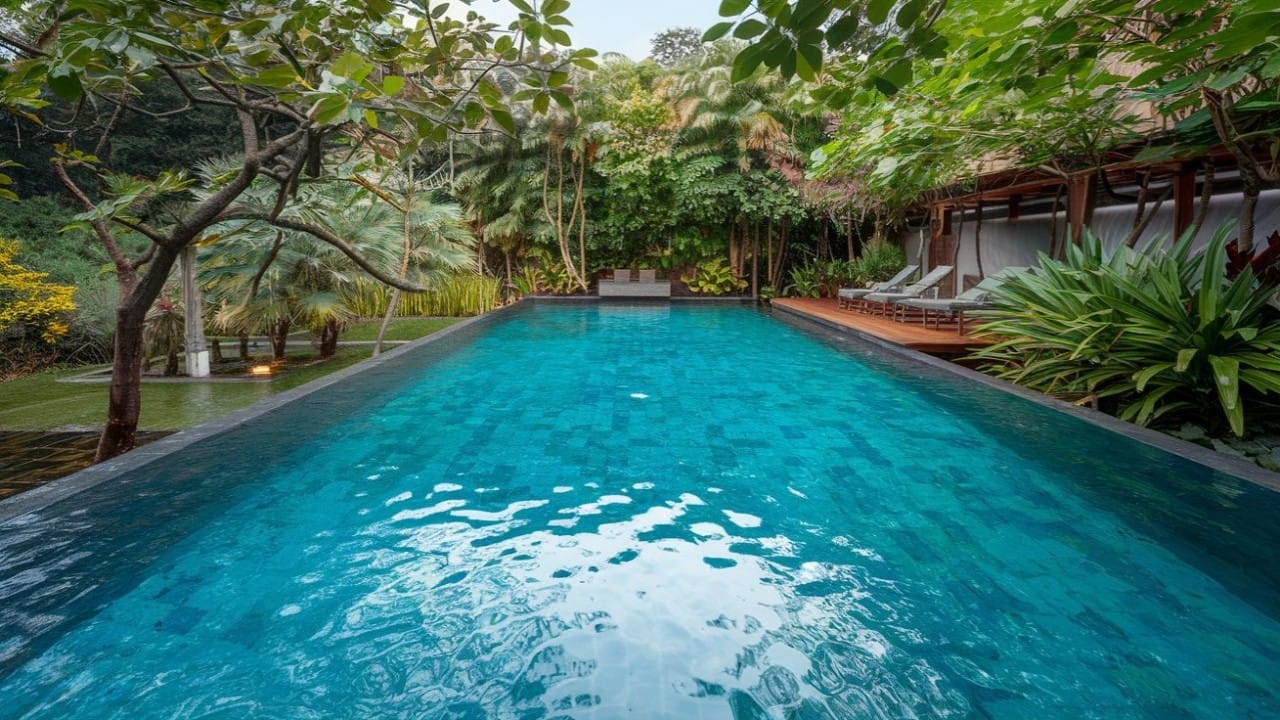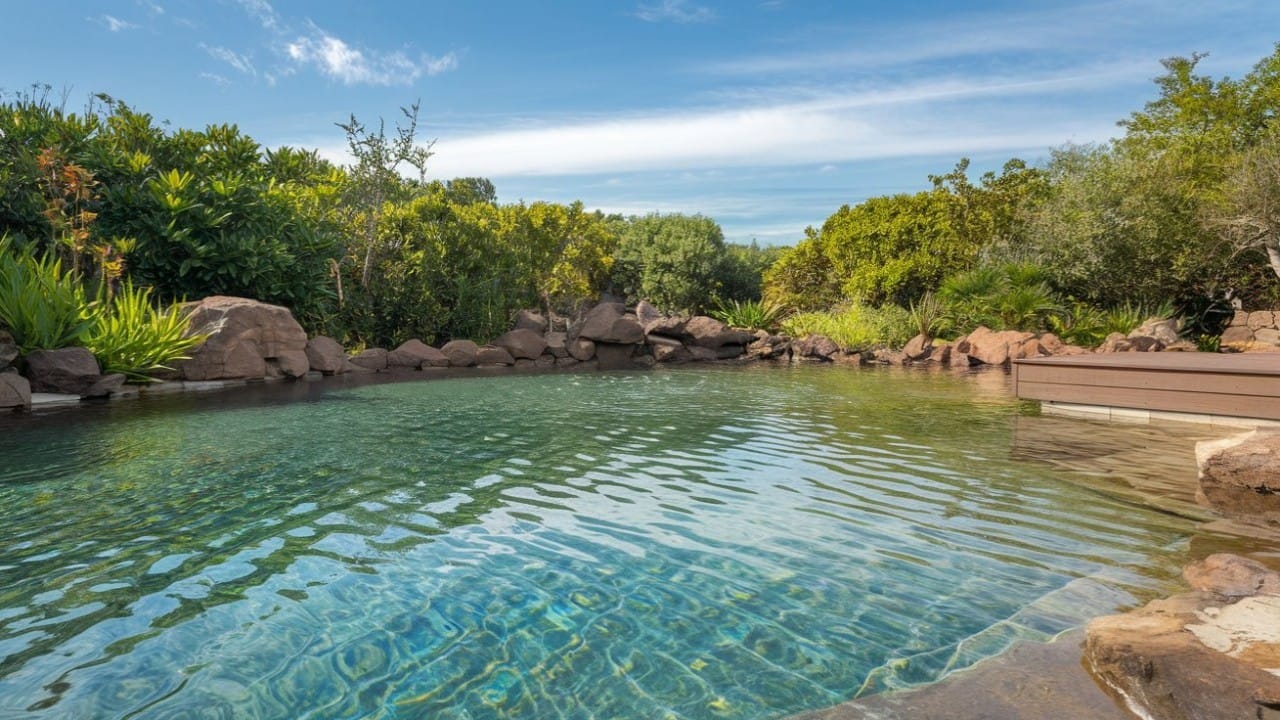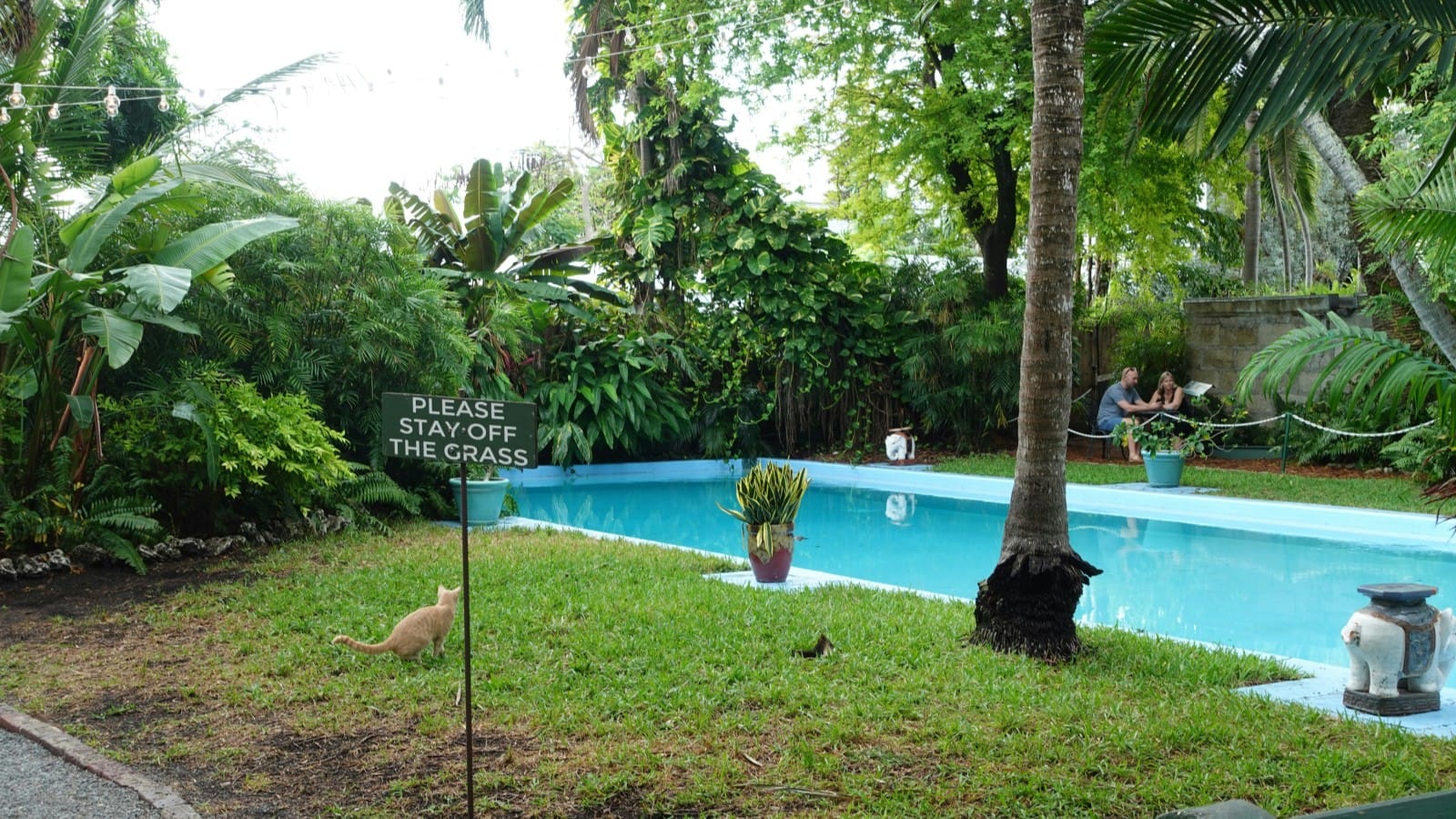Dive into Green: Building and Maintaining Your Eco-Friendly Pool

Imagine a sunny Saturday afternoon: the kids are shrieking with laughter, but instead of only watching them splash, you wander over to the patio and see water disappearing faster than you can top it off. You first jump to leak theories, then realize no cover and a windy layout are to blame for most of the loss, and maybe a bit of evaporation is finally taking its toll on the rusting metal edge. Or the inevitable algae blooms show up, turning clear blue into a murky shade that makes even the dog hesitate before jumping in, and suddenly the gang is begging to drive five minutes to the community pool.
Conventional pools can quickly morph from a chill backyard resort to a draining, chemical-soaked second job, stealing water, energy, weekends, and your last shred of calm. Swap in an eco-friendly setup, though, and the story shifts. With energy-efficient filtration, drip-edge designs that reduce evaporation, and mineral- or plant-based sanitizers, you can transform that yard lagoon into a sparkling oasis that feels great to swim in while leaving a minimal footprint behind.
In this blog, we will break down every piece —from careful skimmer placement to solar heating to natural enzymes —so your family gets a low-hassle, guilt-free swim every time, and the only thing you lose is worry.
Smart Design for an Eco-Friendly Pool
The journey to an eco-friendly pool begins with thoughtful design. One of the most sustainable choices you can make is a natural swimming pool, also known as a biopool. These remarkable pools skip the harsh chemicals. Instead, they use a special regeneration zone filled with aquatic plants and beneficial microorganisms. This zone acts like a living filter, naturally purifying the water and mimicking the serene beauty of a natural pond or lake. While they may need a bit more space, the chemical-free experience of a natural pool is truly rewarding.
When planning your pool's location, consider the sun's position. Maximize natural sun exposure to warm your water for free. Adding a windbreak, such as native plants or a strategically placed fence, significantly reduces water evaporation. This simple step saves a significant amount of water over time. Remember, a smaller pool uses less water and energy, so consider a size that perfectly suits your needs without excess. This is a crucial aspect of building an eco-friendly pool.

For construction materials, choose wisely. Fiberglass shells can be a good option due to lower maintenance and material needs. If you prefer concrete, look for types with recycled content. For linings and finishes, explore natural stone, recycled glass tiles, or lime mortar. These materials look beautiful and avoid leaching unwanted substances into your water. Surrounding your pool with decking made from recycled plastics, reclaimed wood, or natural stone further enhances its green credentials. And for landscaping, choose drought-tolerant native plants. They thrive in your local climate, requiring less water and upkeep. These material choices are essential when you're considering how to construct a green swimming pool.
Innovative Water Treatment for Your Eco-Friendly Pool
Moving beyond traditional chemical-heavy methods is key to an eco-friendly pool.
- For natural pools, the regeneration zone with its aquatic plants and gravel beds provides a powerful biological filtration system. Other natural options include biological filters and even algae scrubber filters that absorb excess nutrients before they become a problem.
- For more conventional pools, you can still drastically cut down on chemicals. Saltwater chlorination is a popular choice. It generates chlorine naturally from dissolved salt, reducing the need for manufactured chemicals. Advanced water treatment systems like UV light sanitizers, nanocrystals, or ozone gas are highly effective at breaking down harmful microorganisms, often eliminating the need for large amounts of traditional chlorine. These innovations offer a healthier swimming environment for you and a lighter touch on the planet, contributing to a truly sustainable swimming pool.

Efficient filtration is also vital for any eco-friendly pool.
- Variable speed pumps are game-changers, adjusting their power to match your pool's needs. This saves a lot of energy compared to single-speed models.
- Cartridge filters are also very water-efficient because they do not require wasteful backwashing.
- Opting for larger filters can also reduce the workload on your pump, making it more efficient and extending its lifespan.
- Another smart choice is AFM ionically activated glass, a sustainable alternative to sand filters that offers superior water clarity.

Boosting Energy Efficiency for Your Eco-Friendly Pool
Heating your pool can be a major energy drain. The most environmentally friendly way to warm your water is with solar heating. Solar panels or even simple solar blankets can significantly lower your heating bills and reduce your reliance on fossil fuels. Heat pumps are another excellent option, using ambient air to warm your pool water efficiently. If you are in the right climate, geothermal heat pumps can be even more efficient by tapping into the earth's stable temperatures. These heating solutions are crucial for building an eco-friendly pool.
Beyond heating, think about your pump. As mentioned, variable-speed pumps are critical for saving energy in an environmentally friendly pool. When it comes to lighting, swap out old bulbs for LED lighting. LEDs are incredibly energy-efficient, long-lasting, and use far less power. Consider a smart pool system to automate your pump and heating, optimizing their run times for maximum energy savings, perhaps even during off-peak electricity hours.
Perhaps one of the simplest yet most effective energy-saving tools for an eco-friendly pool is a pool cover. A good quality, well-fitted cover dramatically reduces water evaporation, sometimes by as much as 98%. This means less water loss and significantly less heat escaping, cutting down on both water and heating needs. Solar covers can even add extra heat to your pool.
Conserving Precious Water in Your Eco-Friendly Pool
Water is a precious resource, and eco-friendly pools prioritize its conservation.
- Consider installing a rainwater harvesting system to collect rainfall from your roof or other hard surfaces. This collected water can then be used to fill or top up your pool. This is a practical step when considering how to build a sustainable pool.Regularly check your pool for leaks and address them immediately. Even small leaks can lead to significant water loss over time.
- Minimize draining your pool; a well-maintained pool usually only needs to be fully drained for major repairs.
- Also, consider adding a windbreak around your pool. This simple barrier can greatly reduce water loss due to evaporation caused by wind. These water-saving measures are vital for an eco-conscious pool.

Simple Steps for Sustainable Maintenance of Your Eco-Friendly Pool
Even after your eco-friendly pool is built, ongoing maintenance plays a big role in its sustainability. Regular manual cleaning, like skimming, brushing, and vacuuming, reduces the strain on your filtration system and lessens the need for chemicals. For an ultimate solution to daily pool maintenance, consider a robotic pool cleaner like the Aiper Scuba X1 Pro Max. These smart devices offer efficient, comprehensive cleaning, reducing the workload on your pool’s main pump and keeping your water pristine with minimal effort. This is just one way to streamline the maintenance of your green pool.
Always test and balance your pool water regularly. Proper chemistry ensures your filtration system works effectively and minimizes the need for extra chemical additions. Keep your filters clean; a clean filter means your pump doesn't have to work as hard. Finally, when you do need cleaning products, choose non-toxic or enzyme-based cleaners to reduce your pool's environmental impact further. By following these steps, you are well on your way to maintaining a truly eco-friendly pool.
By adopting these practices, you can enjoy a beautiful, inviting pool that is both an asset to your home and a testament to your commitment to a greener lifestyle. Thinking about how to build an eco-friendly pool means thinking about the future, and every step you take contributes to a more sustainable planet.
